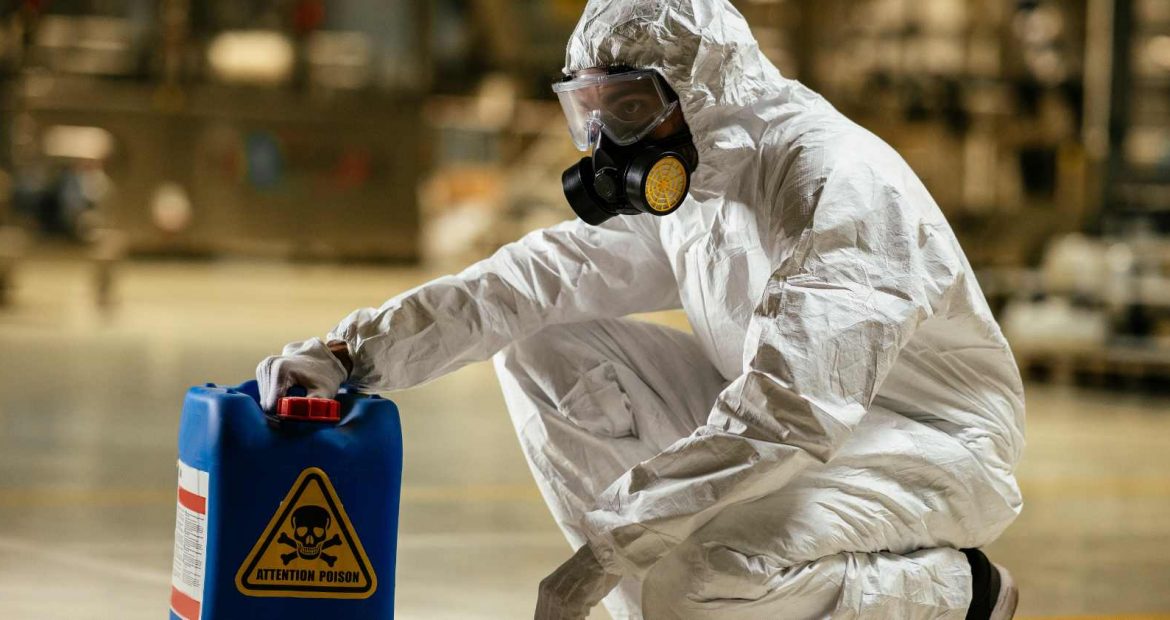Do you know what a radiation emergency is and what a nuclear emergency is? In this article we tell you what the differences are between them, and what is the protocol for action in Spain.
Nuclear emergency and radiation emergency
In our legislation, the concepts of nuclear emergency and radiation emergency are defined in Royal Decree 586/2020, of June 23, on mandatory information in case of nuclear or radiological emergency:
– Nuclear emergency is the «unusual situation or event involving a radiation source and requiring immediate intervention to mitigate serious adverse consequences for human health and safety, quality of life, property or the environment, or a hazard that could give rise to such adverse consequences, occurring at a nuclear power plant located in the national territory».
– Radiological emergency is likewise defined as «an unusual situation or event involving a radiation source and requiring immediate intervention…» but occurring at:
- «another regulated activity or facility, other than nuclear power plants, located in Spanish territory
- in nuclear or radioactive facilities or activities located in other countries, in which an accident involves radiological consequences in some part of the national territory that require the adoption of some measure of protection for the population or the environment.
- or in other non-regulated facilities or activities in which there might be an exceptional radiological risk».
Radiological emergency where can it occur?
Some of the facilities where it can occur are:
– Spent nuclear fuel storage facilities (either centralized or individualized, temporary or permanent).
– Nuclear fuel fabrication facilities.
– Nuclear facilities undergoing dismantling.
– Radioactive waste storage facilities.
– Radioactive facilities (industrial, medical, research, teaching and marketing).
But also in «non-regulated» locations as defined in the RD that could occur in any of the following circumstances:
– Accidental melting in steel mills of sources inadvertently mixed with scrap metal.
– Situations in which a radioactive spill from a foreign facility occurs, such as an accident on a nuclear vessel on the Spanish coasts or ports.
– Accidents in a foreign nuclear facility whose radioactive cloud could reach the national territory.
Protocol in case of an emergency: the Nuclear Safety Council
As indicated by the Nuclear Safety Council, the declaration of an emergency, of one of the two types mentioned above, entails the activation of the Emergency Response Organization (ERO) of the Nuclear Safety Council (CSN) in mode 1.
In this mode and the following modes (up to mode 3) the following procedure takes place:
– Communications are initiated with the facility over which the emergency has been declared and with the emergency management outside the facility.
– The CSN technical specialists are summoned.
– The external resources available to the Council for emergency response support are activated.
– assessment of the situation is initiated with a diagnosis of the accident and a forecast of its evolution.
Once the above steps have been carried out, protection recommendations are drawn up and transferred to the authority in charge of the emergency so that, in accordance with the resources available to it, they may be put into practice.
In Spain, the CSN is the only authority exclusively competent to coordinate and collect radiological data, analyze them and draw up recommendations for the protection of workers, the population and the environment.
If you want to continue reading about radiation, check our blog.
At Helgeson we have years of experience in the sector. We will be pleased to help you. If you need specialized advice, guidance or have any questions, please contact us.

